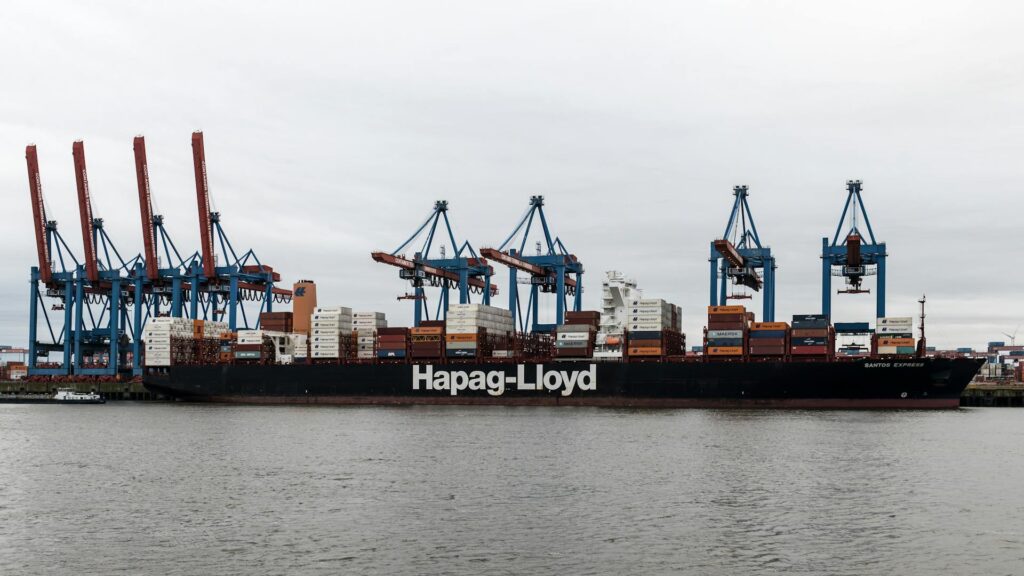
In today’s booming global trade, maritime transportation links economies worldwide. Maritime liquid transportation, a crucial part, carries diverse liquid goods across oceans. But due to the unique nature of its cargo, it has strict requirements in multiple aspects.
I. Maritime Liquid Transportation: What Exactly Is It?
Simply put, it uses customized ships to transport liquid goods from departure to destination ports via ocean lanes. These goods range from petroleum and chemical raw materials like ethylene and benzene to daily items like fruit juices, wines, and high-tech liquid pharmaceuticals. Ships’ cargo tanks are carefully designed, with suitable materials, excellent sealing, and precise insulation, ensuring the goods remain stable during the voyage.
II. The Numerous Restrictions of Maritime Liquid Transportation
- Constraints Stemming from the Nature of the Goods
Flammable, explosive, and volatile liquids like gasoline and alcohol are strictly regulated under the IMDG Code. They must be in special containers, and ships need safety facilities. Crews are trained to handle them, following meticulous declaration and isolation procedures.
Corrosive liquids such as sulfuric acid and hydrochloric acid demand corrosion-resistant cargo tanks. Leakage prevention is crucial as it can damage ships and harm the marine ecosystem. - Limitations Imposed by Port Infrastructure Conditions
Not all ports can handle liquid goods. Petroleum ports need extensive pipeline systems, large storage tanks, and gas recovery devices. Chemical liquid docks require precise metering and anti-pollution equipment. Inadequate infrastructure halts transportation. - The Stringent Constraints on the Seaworthiness of Ships
Different liquid goods need specific cargo tank designs. High-viscosity liquids require heating devices, and dense liquids affect ship stability, demanding precise load distribution calculations during design. Only suitable ships can transport such goods.
III. The Noticeable Precautions of Maritime Liquid Transportation
- The Delicate Tips for Packaging and Loading
Liquid goods’ packaging must be sturdy and sealed, matching the goods’ characteristics. For example, bottled wines need shock-proof packaging, and chemical liquid barrels must resist corrosion and pressure. Proper loading and fixation prevent shifting and leakage.
Before loading, cargo tanks must be clean and dry to avoid impurities. For food-grade liquids, strict hygiene standards prevent cross-contamination. - The Tight Monitoring Throughout the Voyage
Crews monitor cargo tanks regularly, checking parameters like temperature and pressure. If liquefied gas shows abnormal readings, they quickly activate emergency plans to control risks.
Ships avoid rough weather areas. Strong winds and waves can increase the risk of leakage, so adjusting speed and course is necessary for a smooth voyage. - Emergency Response: Being Prepared Ensures an Adequate Response
Ships must have emergency supplies. For oil leakage, containment booms and absorbent pads are needed; for corrosive leaks, neutralizers and protective gear. Crews conduct drills to master emergency procedures and handle accidents effectively.
IV. The Standard Operation Procedures of Maritime Liquid Transportation
- Booking Space and Starting the Shipment: The Beginning of Cooperation
The consignor submits a shipping application to the shipping company or freight forwarder, detailing liquid goods’ information. The two parties negotiate terms like freight rates and responsibilities and sign a contract to initiate the voyage. - Goods Delivery and the Customs Clearance Test
The consignor delivers goods to the terminal warehouse on time. Staff checks packaging and quantity against documents. Meanwhile, customs clearance procedures are carried out. Only with successful customs approval can the goods board the ship. - Loading in Progress: Precision and Safety Go Hand in Hand
Professional equipment loads liquid goods into cargo tanks. Flow rate and pressure are carefully controlled to prevent static electricity. Workers monitor the tank level to ensure accurate loading. - The Maritime Journey: Perseverance and Escort
The ship sails along the set route. Crews perform duties, maintain communication with the shore, and report regularly. In emergencies, they seek help and follow protocols to protect the goods. - Unloading and Delivery: A Successful Conclusion
Upon arrival at the destination port, the ship docks. Terminal workers unload the goods following the proper process. The consignee checks and signs for receipt. The shipping company settles fees, concluding the successful transportation.
Maritime liquid transportation is vital in global trade. By adhering to rules, precautions, and procedures, we can ensure liquid goods’ safe and efficient ocean crossing, fueling the world economy and keeping trade flowing smoothly.





